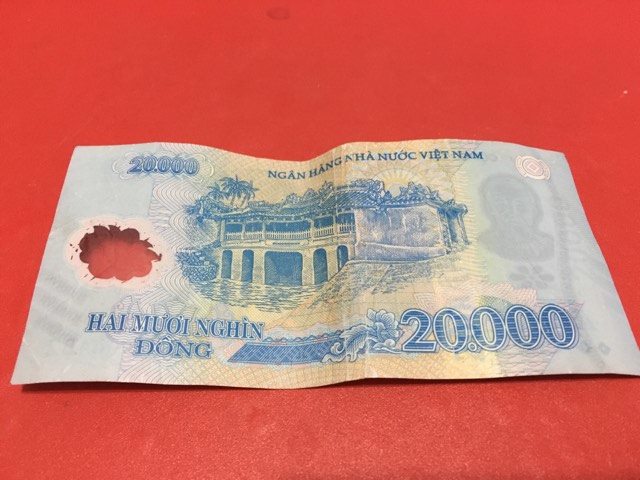(中文版本:
會安古鎮,泡在洪水裡的世界文化遺產 (越南))
On Dec. 14, 2016, we took the free shuttle bus to Hoi An from the Big C Supermarket in Danang. I was looking forward to visiting the UNESCO world heritage! But after arriving there, I was shocked by the scenes I was seeing then. Over half of architectures in Hoi An Ancient Town were in the flood!
 |
Hoi An Acient Town was flooded
|
Some areas were not affected by the troubled water. My friend and I could see the bizarre street views and record them for this unforgettable experience. No offense. I also hope everyone in Hoi An, Vietnam is safe and sound, and everything in Hoi An, Vietnam will go well soon!
 |
| Pedestrians, motorbikes and boats-1 |
 |
| Pedestrians, motorbikes and boats-2 |
I seldom saw motorbikes and boats being so closed. But the local residents there seemed to feel not surprised at all. They only told me that the rainfall at the end of 2016 was greater than usual.
 |
| The couple were taking their wedding photos |
Due to the flood, we could just walk along the Tran Phu, the areas which were not affected by the troubled water. Moreover, it started to rain cats and dogs again!
It rained so heavily that umbrellas became helpless and useless. We went to Japanese Covered Bridge to avoid getting wet. By the way, the entry ticket was necessary for entering some attractions in Hoi An. We bought the ticket for VND 120,000, and we could enter 5 attractions in Hoi An.
 |
| The outside of Japanese Covered Bridge |
 |
| The inside of Japanese Covered Bridge |
By the way, Japanese Covered Bridge is also on the VND 20,000 bill!
 |
| VND 20,000 |
We need to mention the history of Hoi An here. Hoi An was the important and prosperous trading centre in the 16th and 17th centuries, where Chinese from various provinces as well as Portuguese, Japanese, Dutch and Indians settled. Unfortunately, Hoi An gradually lost its statue as a desirable harbour due to the natural reason, silting up of the mouth of Thu Bon River. Eventually Hoi An was replaced by Danang in the 19th century and never got back to its original importance.
Japanese Covered Bridge was built by Japanese in 1590s for connecting the areas where Chinese and Japanese lived separately.
Because the roads to some attractions in Hoi An were cut off by the flood, we could just walk along Tran Phu Street, the area which was not affected by the troubled water.
 |
| Cantonese Assembly Hall in Hoi An-1 |
 |
| Cantonese Assembly Hall in Hoi An-2 |
 |
| Phuoc Kien(Fujian) Assembly Hall in Hoi An-1 |
 |
| Phuoc Kien(Fujian) Assembly Hall in Hoi An-2 |
 |
| The temple of Guan Yu in Hoi An |
 |
| Hainan Assembly Hall in Hoi An-1 |
 |
| Hainan Assembly Hall in Hoi An-2 |
Obviously, the area where we walked had been controlled by Chinese before. There were lots of Chinese architectures along Tran Phu Street, like the assembly halls built by Chinese from the southeast coastal provinces and the temple of Guan Yu.
Due to the troubled water, our trip in Hoi An ended here. And The tour to My Son Sanctuary was cancelled because the road to My Son was damaged by the flood.
After one night in Hoi An, we went back to Danang by the bus No. 1.














留言
張貼留言